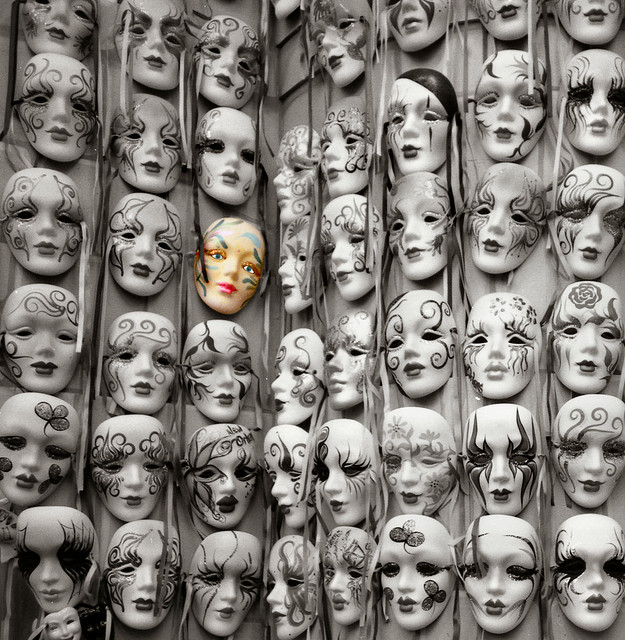Why is it that we sometimes see good-looking women with pretty average looking men?
Is it because they are rich, or famous or skilled in the bedroom? The answer, according to science, is yes and no.
We use the terms “good-looking” and “attractive” interchangeably—even though they are clearly not the same thing.
Looks are a component of attraction; they are not the only component or the necessarily most powerful. It is possible to be good looking and unattractive, just like we can be average looking and highly attractive. Here is how.
Female attraction.
It is common to assume that men care about looks, a great deal, so it makes sense to assume women also care about looks, a great deal. But a study published in the Journal of Personality and Social Psychology (by Davis) found that:
“Men are more concerned about a potential partner’s appearance than are women. Men place a far greater value on physical attractiveness than do women.”
Sorting through more research I was surprised to find that some experts went as far as to suggest that women only place a 20% importance on how a man looks. The remaining 80% is related to his behavioral patterns.
His confidence, humor, wit, dominance, lifestyle, career, ambition and drive were seen as more important than physical looks. Even more surprising, women rated men with these characteristics as better looking than those that didn’t, while other women who only saw a photograph of the same men (and couldn’t tell if they had these characteristics) rated them as no better looking than the other men.
This is further backed up by a study in 2002 titled Interaction Appearance Theory: Changing Perceptions of Physical Attractiveness through Social Interaction (Knapp). It found that:
“An initial perception of the other’s physical attractiveness is often not high enough to trigger the pursuit of a romantic relationship but is not low enough to preclude it.”
The study also discovered that, “social interaction is eventually perceived as more desirable than the perception of the other’s physical attractiveness.” Finally, it concluded that:
“Perceptions of physical attractiveness can be changed by social interaction.”
Put simply, most people we meet are good looking enough that we might want to date them at some stage, but their looks are rarely enough for us to want to date them immediately. The reason we are attracted to some people and not others is behavioral.
Here is a good example of this in action.
A group of college students set out to test the theory that attractiveness is multidimensional and that each dimension effects the others. Essentially they wanted to see what would happen if they simply started to treat someone as attractive. The group of male students began their experiment by selecting a woman who was not considered popular or particularly good looking.
They started by treating her as if she was popular and good looking. They did this by paying attention to her, making sure she was invited to the best parties and hitting on her in front of others. By the end of the semester, researchers found that she started to act like one of the popular girls and was even accepted into the “cool” group.
Unlike in the movies, she did not receive a makeover or change how she looked at all.
The only change was how she started to act, when she noticed that men were interested in her. The most interesting part of the experiment, though, was that at the end of the semester, she continued to act popular and was still considered popular by the rest of the student body, even after the male students stopped treating her that way.
She was even rated as better looking than before the experiment, despite not being given a makeover of any sort.
What the experiment shows is that our perception of a person’s attractiveness is based on more than simply looks and, more importantly, that it can be changed.
By working on our lifestyle, confidence, humor and career, we can make ourselves better looking!
~
Relephant Read:
Attraction and the Human Experience.
Author: Garrick Transell
Volunteer Editor: Melissa Horton/ Editor: Ashleigh Hitchcock
Photo: Brian Snelson, Flickr







Read 0 comments and reply